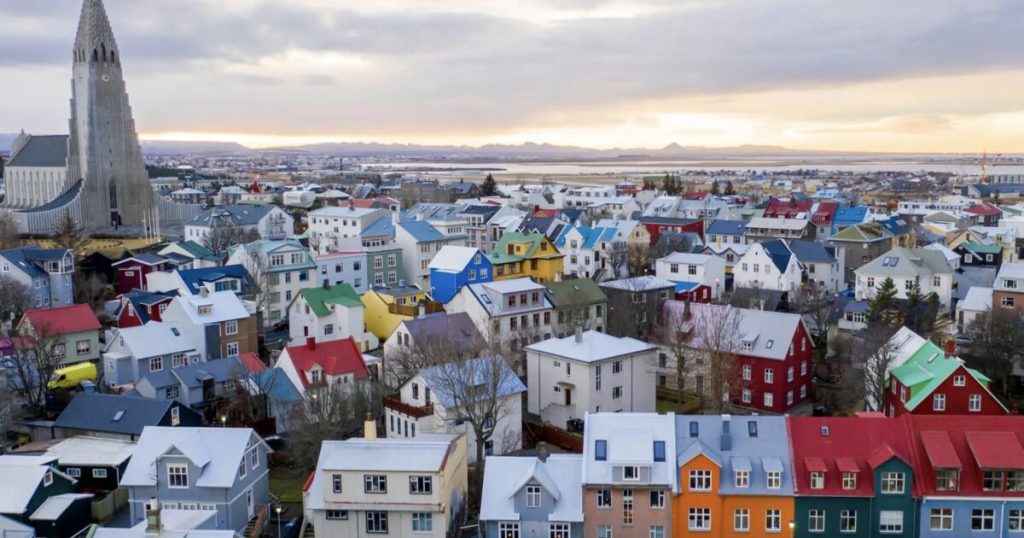
Iceland tested the 4 days a week regimen and the results were very promising
Some analysts say the success of the two four-day-a-week trials in Iceland could serve as a model for other governments. More than 2,500 people in 100 workplaces participated in the Icelandic government-sponsored experiments. This sample represents about 1% of the country’s workforce.
Many people have seen their workweek shrink from 40 to 35 hours with no pay cut and no real loss in productivity, according to an analyst in charge of articles at UK research center Autonomy on the Future of Work and Icelandic Association for the Future of Work. . sustainability and democracy. This information was transmitted by independent.
Read also – Remote working has made you more productive and relaxed, and here’s how to stay that way according to the downturn
The findings add credence to the concept of a four-day workweek without pay cuts, which is increasingly seen as a way to improve work-life balance, enhance employee performance, and protect the environment.
Reykjavik City Council and national government trials began after pressure from civil society groups and unions. They said the country lags behind most of its Scandinavian neighbors in terms of work-life balance.
The first trial took place in the capital from 2014 to 2019. Initially, workers in nurseries and service centers reduced their working hours from 40 to 35 hours per week. This procedure was then applied to municipal employees and nursing homes.
The second, which ran from 2017 to 2021, saw 440 officials from several national government agencies reduce their working hours. At that time, they had working hours and sometimes irregular working hours. Contrary to claims that working short hours can be counterproductive, the analysis indicates, in general, no loss in productivity or quality.
Teams were encouraged to work more efficiently by reducing meeting time, re-scheduling and improving communication between departments. An overall improvement in workers’ welfare was also noted. Stress and fatigue levels have decreased in many cases, and many employees said they feel more optimistic and happier at work thanks to this new diet.
Participants said that reducing working hours allowed them to devote more time to sports and social interactions, which in some cases had an impact on their performance at work. Workplaces that recorded no improvement in the well-being of employees did not notice a deterioration in their working conditions.
Other countries can also try a 4-day week
Some researchers have described the Icelandic test as a “model” and similar trials could be organized around the world. In the years that followed, unions across the country were able to negotiate the right to shorter working hours for 86% of the Icelandic workforce.
Will Strong, Research Director at Autonomy, said in a statement statement Posted at the same time as the analysis.
Iceland is not the only national government testing the concept of a four-day week. In May 2021, the Spanish government approved a three-year pilot project and pledged 50 million euros to help companies implement these plans, according to Watchman.
Jacinda Ardern, New Zealand’s prime minister, also brought up the concept to help the economy recover after the coronavirus pandemic. In 2020, Iceland ranked 10th for the shortest working hours, according to the latest figures fromOrganization for Economic Cooperation and Development (OECD).
Icelanders worked an average of 1,435 hours last year. Germany is the country with the fewest working hours in 2020, with an average of 1,332 hours per year. The 27 countries of the European Union ranked 13th, with an average of 1,513 hours worked per year. In the United States (35th), workers work an average of 1,767 hours per year.
Original version: Stephen Jones / Insider
Read also – The 10 most appreciated managers by their employees in France

“Organizer. Social media geek. General communicator. Bacon scholar. Proud pop culture trailblazer.”
